Which circular economy innovations are pointing the way towards Africa’s future? What are the secrets of their success so far?
This session will bring together some of the trailblazers who are building circular businesses. They will share their stories and hard-won experience in an interactive panel session. The session will also include insights into how to create the right conditions for circular businesses to thrive and achieve their potential across the continent.
Organisers: Footprints Africa, SEED and Sitra, the Finnish Innovation Fund
Watch the session recording with English captions:
Watch the session recording with French captions and interpretation:
Masters of Ceremonies - Introducing the forum themes
-

Nozipho Tshabalala
CEO, The Conversation Strategists
-

Tania Habimana
Anchor , CNBC Africa
Welcoming words
-
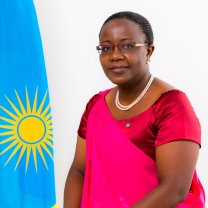
Jeanne d’Arc Mujawamariya
Minister of Environment, Rwanda , Ministry of Environment, Rwanda
Highlights of the Word Circular Economy Forum
-

Jyrki Katainen
President, The Finnish Innovation Fund Sitra
-
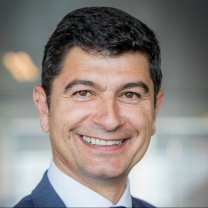
Peter Díez
International Affairs Directorate, Ministry of Infrastructure and Water Management, the Netherland
-
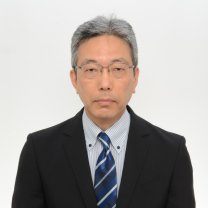
Hiroshi Ono
Vice-Minister, Ministry of the Environment, Japan
Video: Inspiring circular economy solutions from Africa
Keynote: What the data is telling us: How to unlock circular brilliance across the continent
-

Deborah Ohui Nartey
Research Analyst, Footprints Africa Limited
Moderator
-
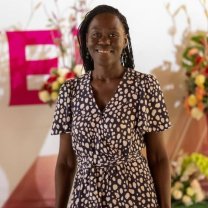
Kissy Agyeman-Togobo
Co-Founder and Managing Partner, Songhai Advisory and Trustee, Footprints Africa
Panel discussion: Stories from four African circular economy trailblazers
-

Kigen Compton
Co-founder and CEO, BioBuu
-

Nhlanhla Ndlovu
Director, Hustlenomics Pty Ltd
-

Esethu Cenga
Co-Founder and CEO, Rewoven
-

Menna Shahin
Founder, Tekeya
Pathways for aspiring circular entrepreneurs
-

Deborah Ohui Nartey
Research Analyst, Footprints Africa Limited
-
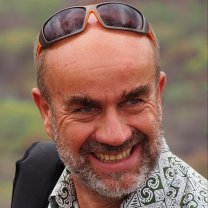
Matthias Reusing
Counselor – European Green Deal, Rural Development, Trade Sector, Delegation of the European Union to Zambia and the Common Market for Eastern and Southern Africa (COMESA)
Conclusions
-

Nozipho Tshabalala
CEO, The Conversation Strategists
-

Tania Habimana
Anchor , CNBC Africa
-

Kissy Agyeman-Togobo
Co-Founder and Managing Partner, Songhai Advisory and Trustee, Footprints Africa

